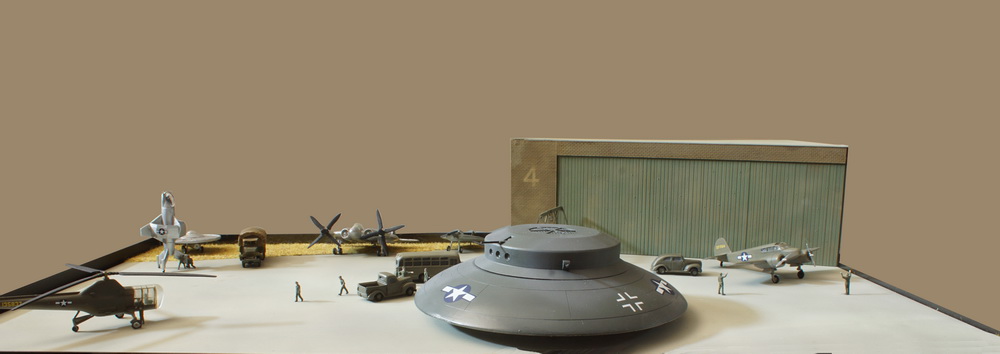Operation LUSTY, Team 3
Operation
LUSTY (LUftwaffe
Secret TechnologY) was the
United States Army
Air Forces effort to capture and evaluate German aeronautical technology during and
after
World War II.
Operation Lusty began with the aim of exploiting captured German
scientific documents, research facilities, and aircraft.
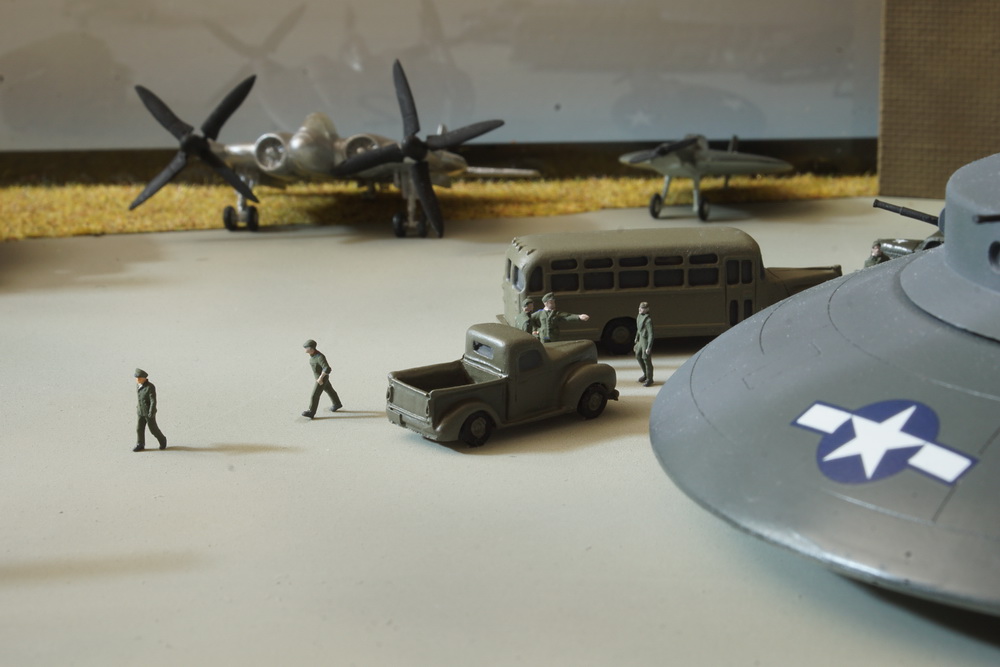
The common
knowledge was that the operation had two teams.Team One, under the leadership of Colonel Harold E. Watson, a former Wright
Field test pilot, collected enemy aircraft and weapons for further
examination in the United States. This team became known as Watson’s
Whizzers.Team Two recruited scientists, collected documents and investigated
facilities.
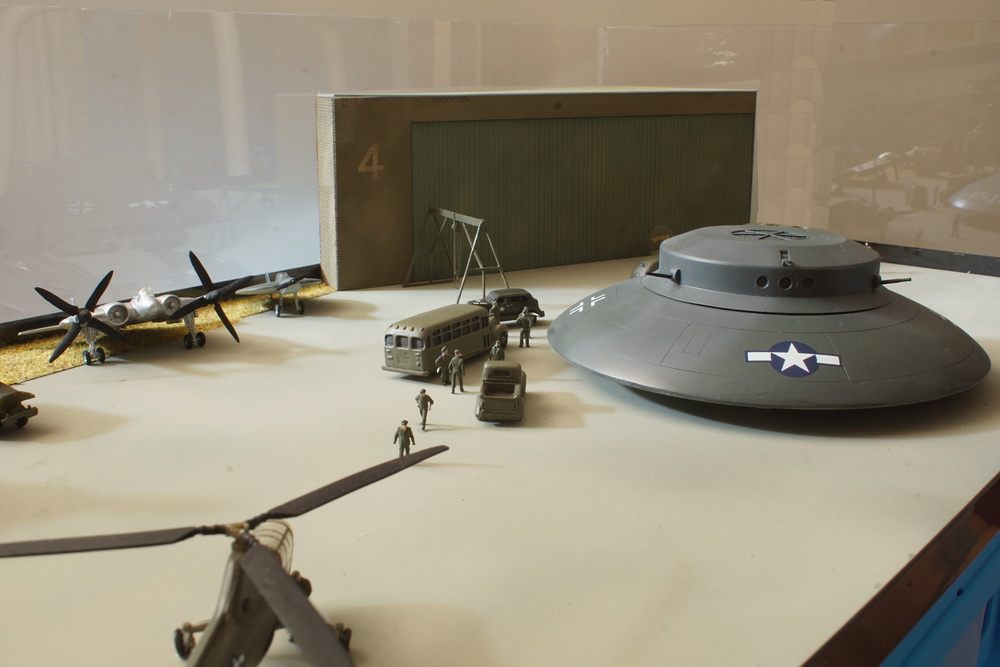
What is not common knowledge is that there was a third team, under the
command of Colonel William Shelly. This team was classified as top
secret and operated outside of all regular command structures. This
team was charged with the capture of all machinery, personnel and
documents connected with the German flying saucer research.
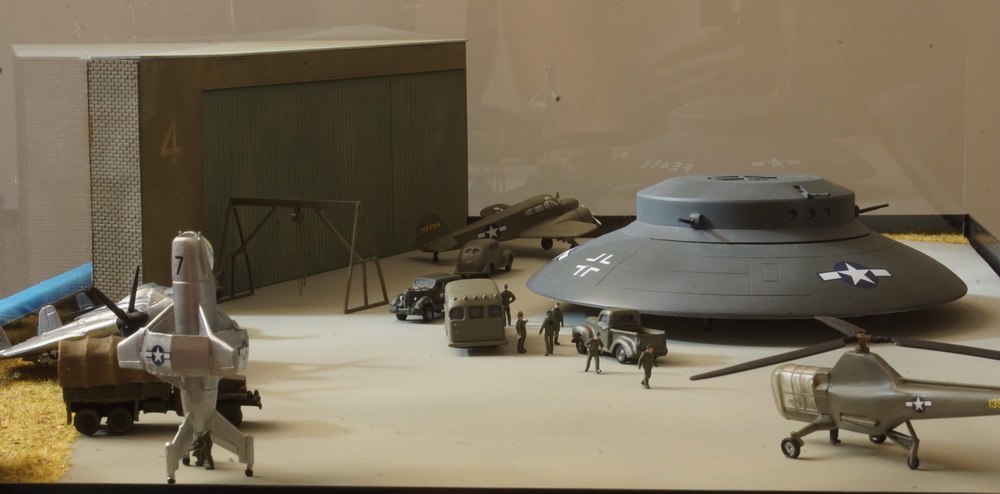
During 1944 the allies became aware of German experiments with circular
winged flying machines, a.k.a. flying saucers. These machines were
reportedly powered by some very unconventional power sources and could
achieve high speeds and altitudes. The main research centre for this new technology was in Czechoslovakia near
the city of Prague.
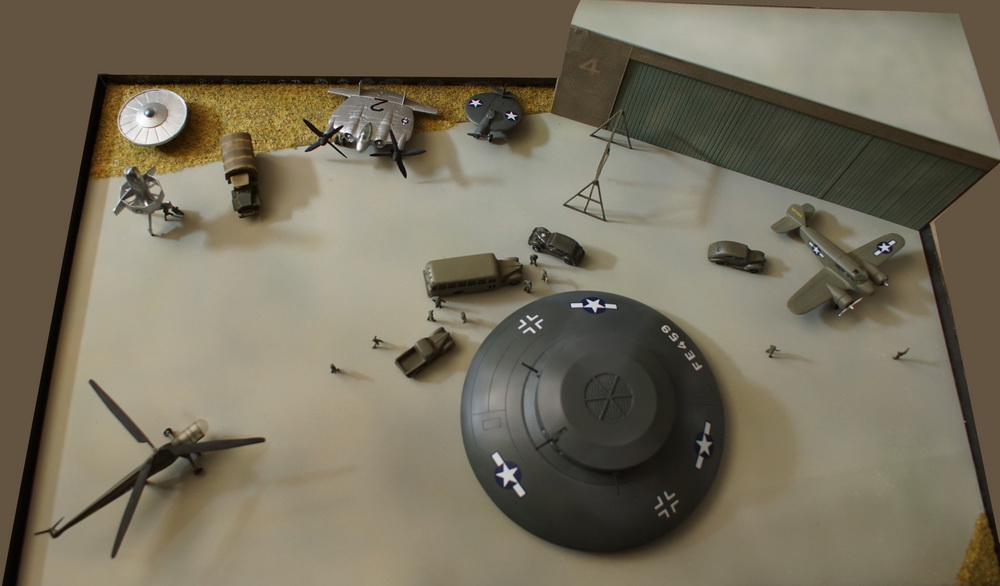
Hurriedly they formed a third team under Operation Lusty. Their target was
to acquire us much as possible of the German saucer technology. They
were to take what they could and destroy the rest of the material to
prevent it falling into Soviet hands. The Third Army under George
Patton was ordered to help the team to reach the research facility.
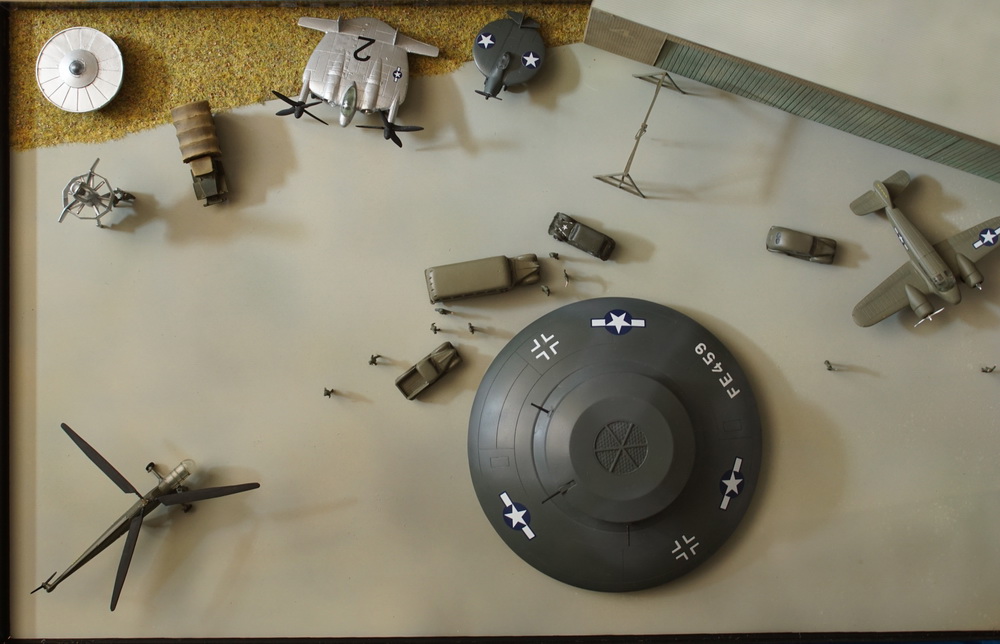
They managed to reach the site and evacuate all personnel and a number of
prototype flying saucers before they had to retreat back to Austria.
Just hours later the Red Army found the site destroyed. All captured
material and personnel was shipped back to the USA to a base in
Arizona, later known as Area 66. There the saucers were reassembled and
a number of them were flown. To help with the aerodynamic testing of the saucers the unit also had two
prototypes of the Vought XF5U-1 fighter. These were used to gather
information on the flying characteristics of circular flying bodies.

The pictures with this article were taken in 1946 when the flight testing
was at its peak.
Visible in the pictures are the Vril RFZ-5 Haunubu
I, the BMW Flugelrad I and the Sack As-6. Besides the saucers shown in
the pictures it is reported that a much larger example was also
captured and shipped to the USA. Up to this day however all information
about this programme is classified so this rumour cannot be verified.
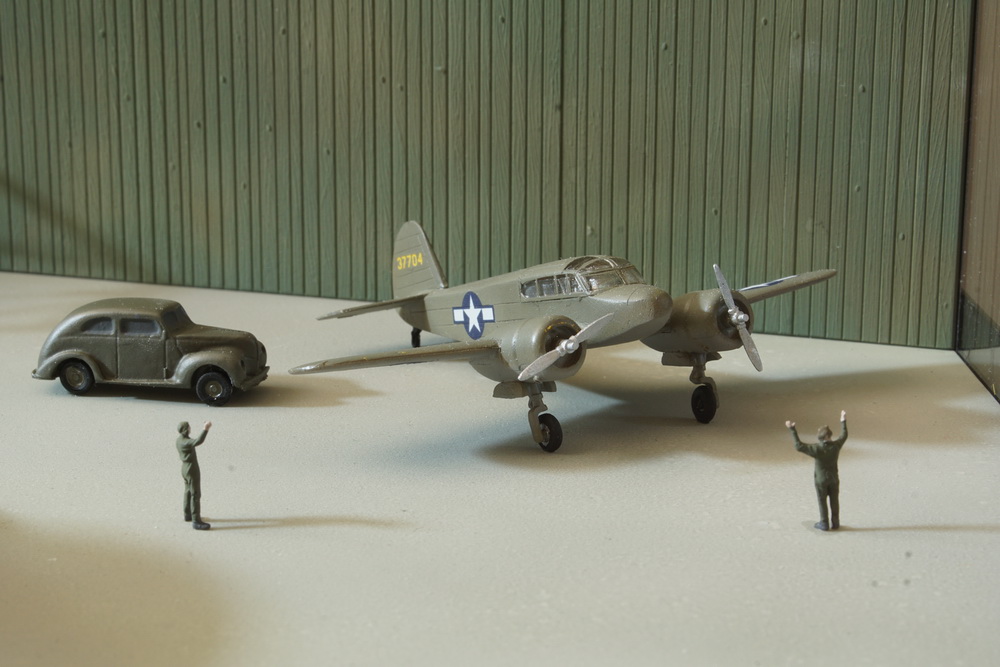
Also visible in the pictures is the Heinkel Wespe prototype. This was found
70% complete in Germany and also shipped to Area 66. There it was
completed and flown at the end of 1946. It proved very unstable however
and flight testing was soon abandoned.
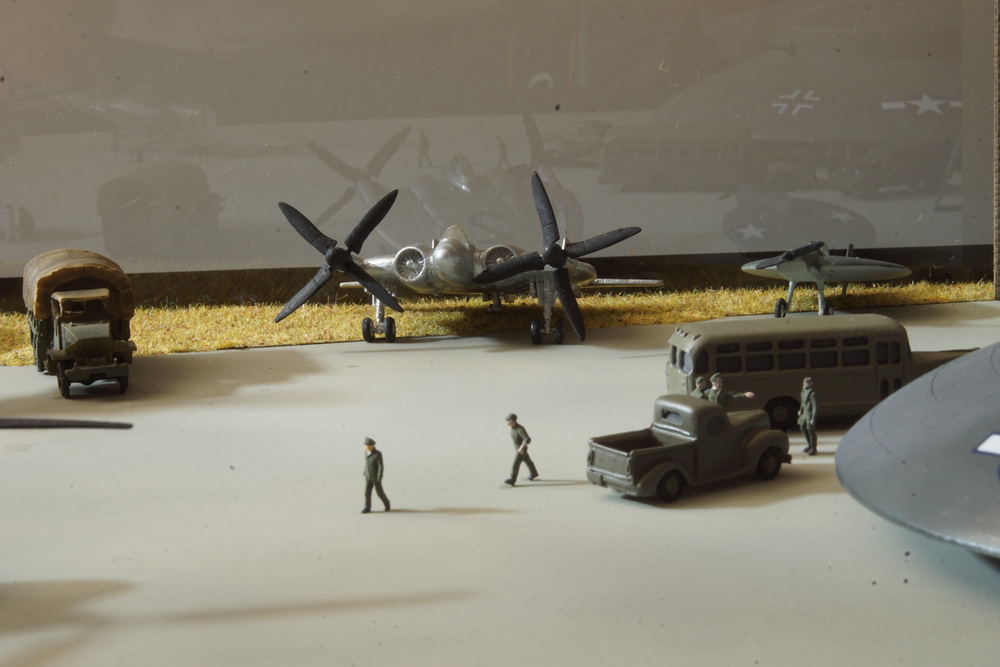
It is unknown how long the testing of the German
saucers continued and what became of the captured airframes.
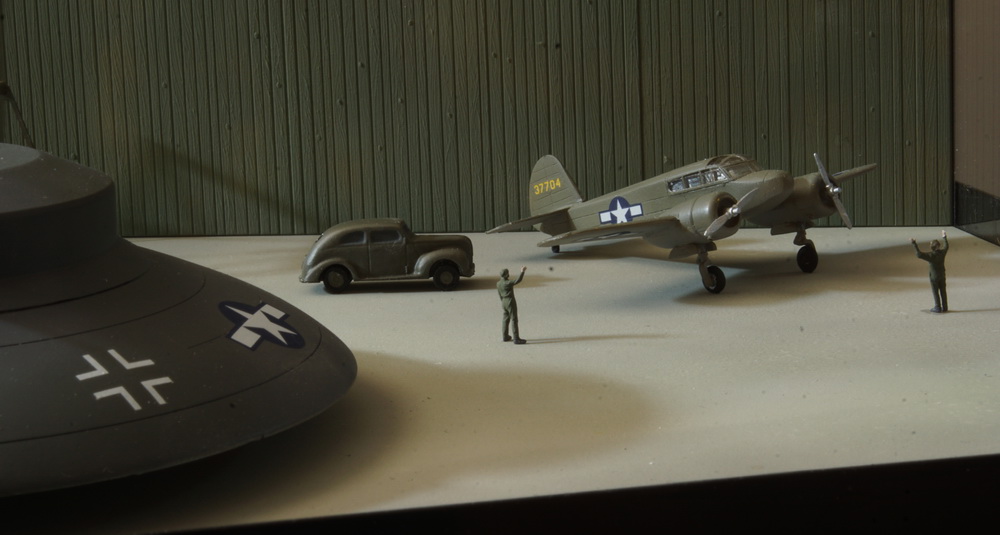
| 

